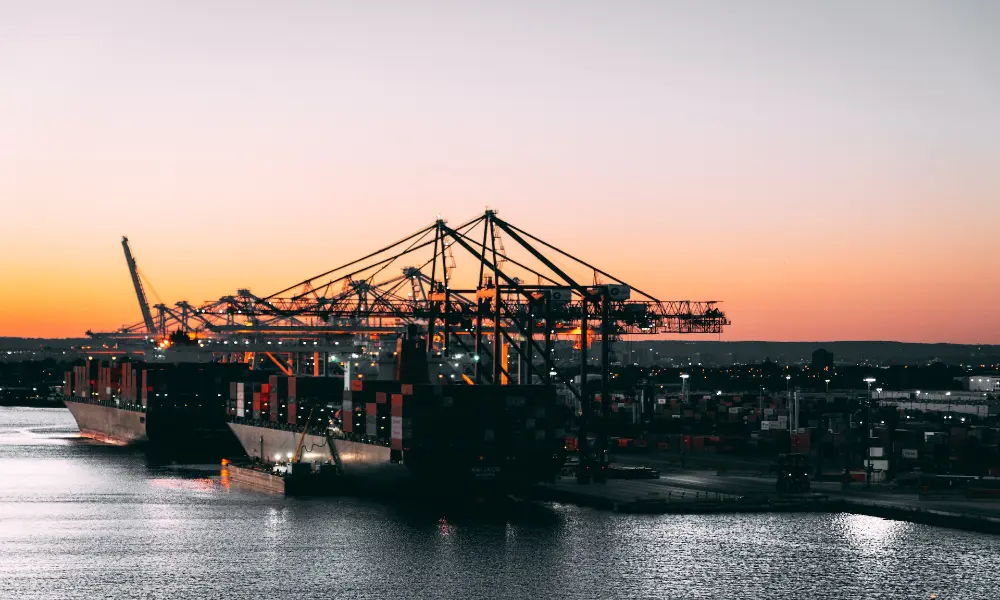An avant-garde approach to tackling the challenges of large-scale cargo shipment has been introduced by Louis Dreyfus Armateurs, the French logistics and freight forwarding company. The concept revisits and revamps a page from the annals of early aviation – the utilization of airships similar to the iconic dirigibles and blimps of the past. Together with Flying Whales, a French company established ten years ago to cultivate large-capacity airships, they intend to fly cargo to and from ships, circumventing traditional transportation difficulties.
A Champion from Yesterday, Tailored for Today
The brainchild of this unique collaboration is the LCA60T airship, touted as an imaginative solution for regions where roads are lacking due to its ability to hover. LDA enthusiastically announced the project, emphasizing the usefulness of such a transport solution for cumbersome cargoes challenging to convey via conventional road or rail systems.
Boasting a payload capacity of 60 tons, the LCA60T airship, conceived by Flying Whales, stretches an impressive 656 feet in length and comes with a breadth of 164 feet. To place this in perspective, the infamously doomed German dirigible, Hindenburg, crafted by the Zeppelin Company in 1936 and once the world’s largest, spanned a remarkable 804 feet. The LCA60T’s colossal stature was initially envisioned to facilitate the transportation of timber from Canada’s isolated areas.
Harnessing Innovation for Overcoming Challenges
Propelled by a total of 14 unpressurized helium cells, the airship’s vast cargo bay measures 315 feet in length. Accommodating larger freight is feasible by employing the innovative “Under slings” mode, where cargo is suspended underneath the airship.
Aligned with the growing global emphasis on green technology, Flying Whales has devised an all-electric propulsion system. Operating through either fuel cells with green hydrogen or injecting helium into turbines, the system boasts up to 32 electric thrusters divided over seven propulsion points, ensuring the airship’s maneuverability.
Optimizing Efficiency Through Technology
The company notes that the e-propeller system on the LCA60T converts onboard-generated electrical power into thrust. Among its components are a composite nacelle housing and an electric motor that can provide over 200 kW of continuous power. Furthermore, the AC/DC converter that powers the motor is exceptionally lightweight. A gearbox is incorporated to modify the rotational speed, propelling a 4-meter-diameter, 3-blade propeller with variable pitch.
The said infrastructure diminishes the necessity for extensive transport infrastructure on the ground during operation. This might prove instrumental someday soon in delivering cargo to remote corners of the globe.



